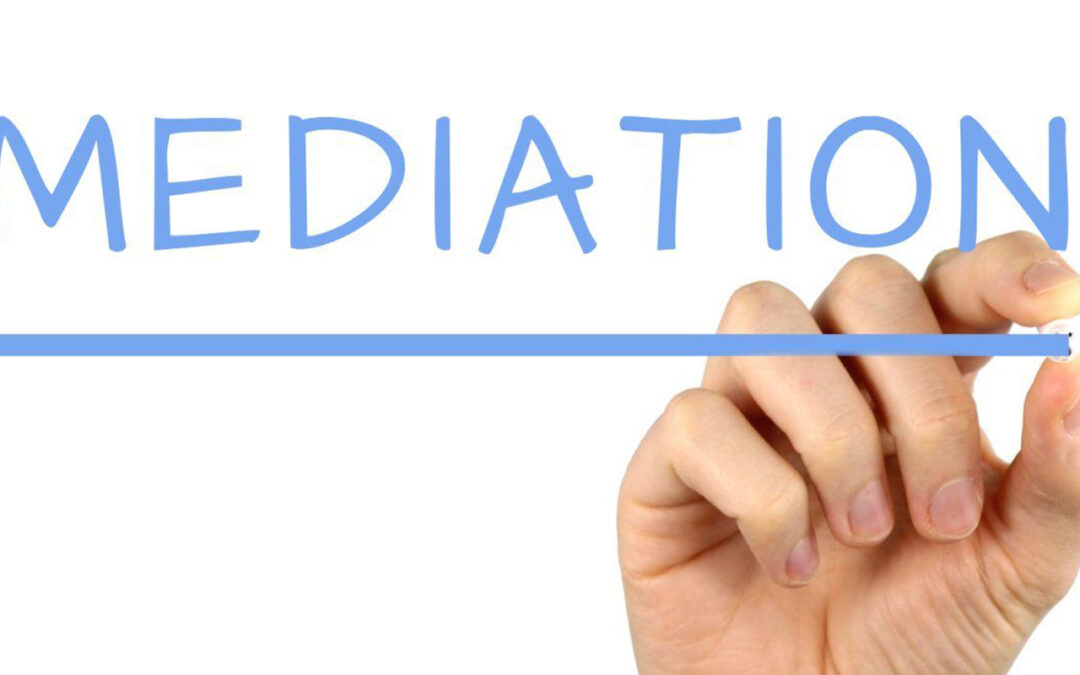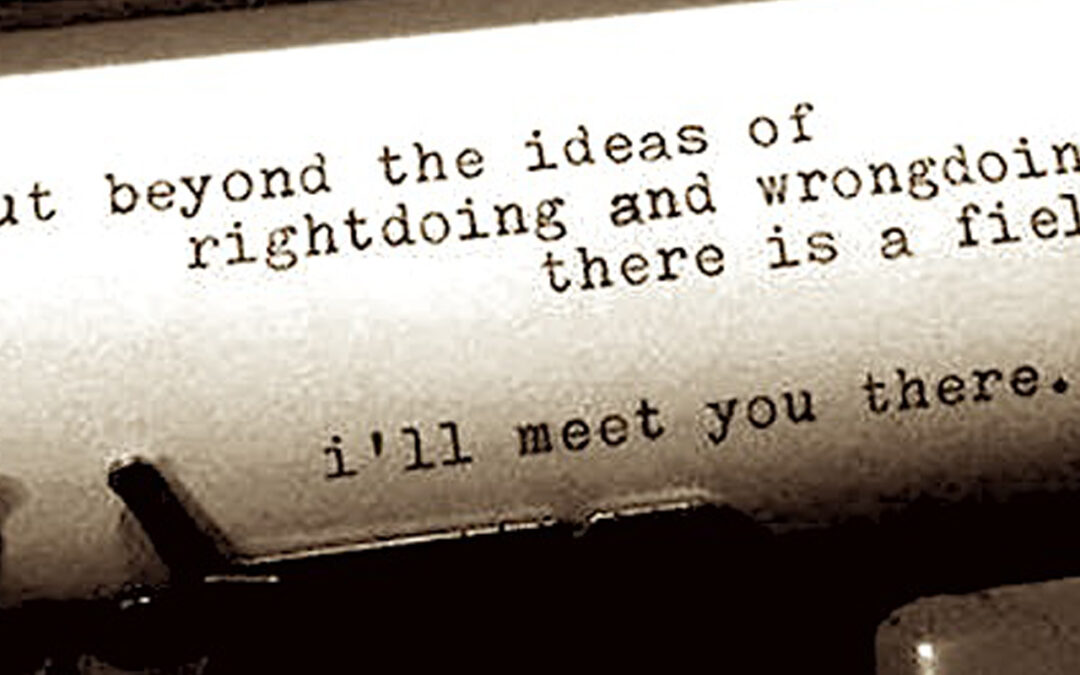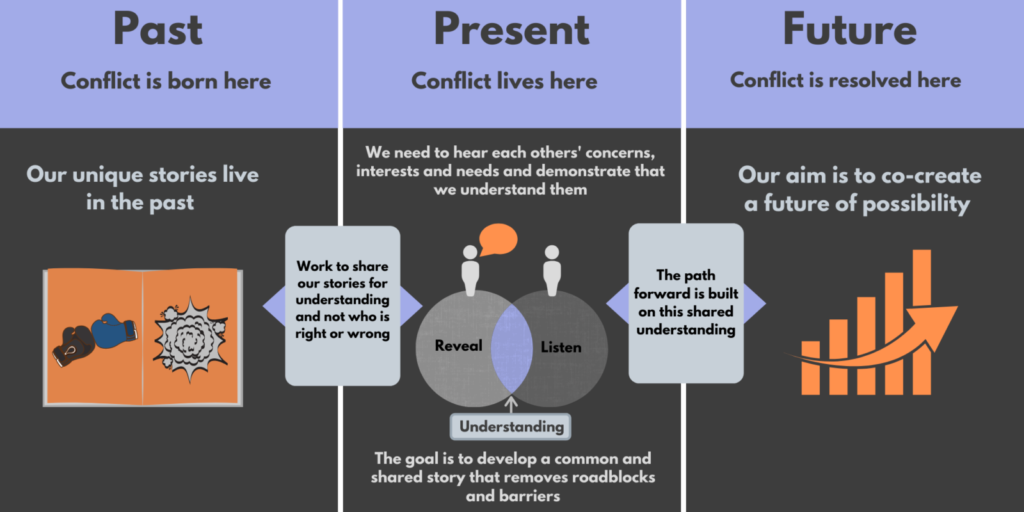
Why Mediation?
Reading Time: 2 minutes
I get asked this all the time when negotiations go south. “What’s the point of mediating when we already know everything they have to say?”
My answer is simple: Mediation involves a much bigger box than litigation. Here are three reasons why:
Firstly, it can shift the conversation from a debate about the past and fault and blame to a dialogue about what’s really most important and what we can do about it together in the future.
Secondly, it can accommodate creative solutions that are outside the litigation box and generally not available to judges.
Thirdly, because when it is properly designed it actively engages the parties in their own unique collaboration.
Let me give you an example.
I was asked to mediate a dispute between a sour gas processing plant and a contiguous multi-generational dairy farming operation. It involved contaminants from the plant flowing into the farm water wells that seriously impacted the farm’s operations. Prior negotiations had dealt extensively with ‘fault’ and ‘blame’ and had left very frustrated parties at an impasse about how to remedy the situation.
The initial mediation design conversations created a process and a commitment by the parties and their counsel to explore creative solutions and test those solutions against agreed criteria both scientific and fact based.
During private caucus meetings the family dialogue disclosed divergent interests by some family members. This in turn led to an exploration of options that otherwise would never have occurred as possibilities. I worked with both sides to facilitate a conversation that led to a new level of understanding. This resulted in a completely unexpected and uniquely appropriate solution for this family farm. It was made possible because the parties and their advisors took ownership of their own process and stayed committed to a creative dialogue.
In post mediation debriefs, the consensus of all parties involved was that the process had empowered them to co-create a solution that significantly exceeded their expectations.
When conflict impacts our personal or business lives, anger, fear and frustration are often companions on the journey. I approach every mediation as an opportunity to engage the parties, their lawyers, and advisors in the design of a unique resolution process that encompasses all their needs–a bigger box.
For more information about these Steps or assistance with difficult negotiations contact:
[email protected]
403-801-0234


